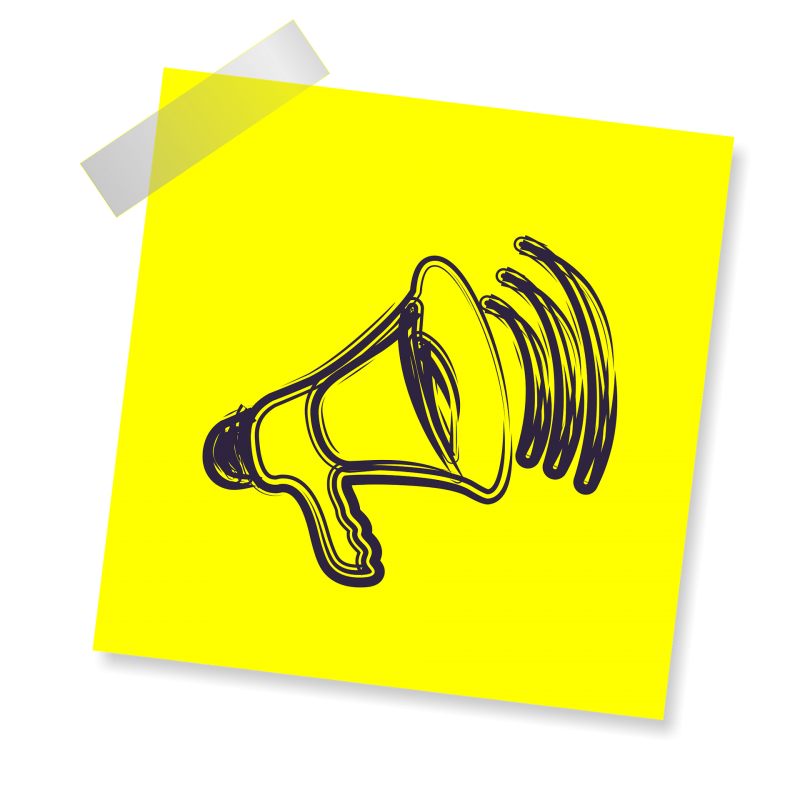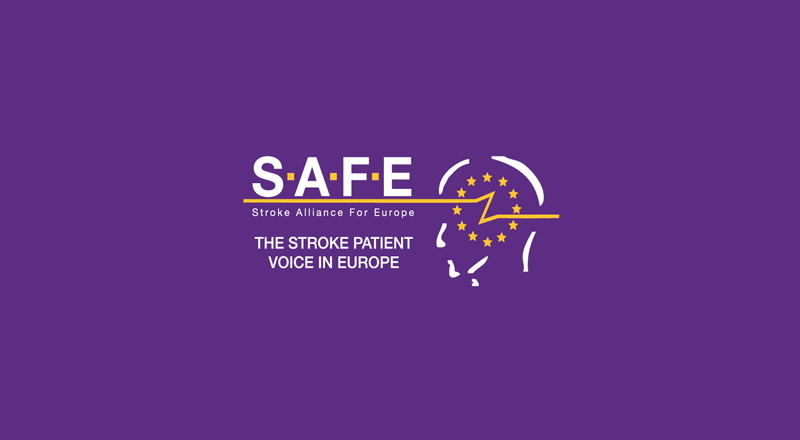
Jun 8, 2017

The Action Plan for Stroke in Europe 2018 to 2030 will be of major importance for the prevention of stroke in Europe and the implementation of adequate stroke services.
Two previous consensus conferences on stroke management in Europe have been held in 1994 and 2006. Both conferences were organised by the European Stroke Council (1994) and the International Stroke Society (2006) in cooperation with WHO EURO. The consensus documents (The Helsingborg Declaration 1996 and 2006) were utilised as the basis for setting up and planning stroke services. The declarations reviewed current evidence, set up fixed targets, and identified prioritized areas of research.
A third consensus conference is scheduled to take place in Munich in 2018, building on the experience and the format of the previous conferences. The conference will be organized by the European Stroke Organisation, in cooperation with the patient organisation Stroke Alliance for Europe (SAFE). The World Stroke Organization will be asked to endorse the conference.
There will be seven domains of the Action Plan, five from the Helsingborg Declaration, plus Primary Prevention and Life after Stroke.
1. Primary Prevention
2. Organization of Stroke Services
3. Management for Acute Stroke
4. Secondary prevention and organized follow-up
5. Rehabilitation
6. Evaluation of Stroke Outcome and Quality Assessment
7. Life after stroke
Each domain of the Action Plan will have 1 chairperson, and 7 other members. For each domain, there will also be two additional persons who will be responsible for the identification of the Prioritized Research Areas. Each domain will include a review of the 2006 target results, an analysis of what worked and what did not, an update of current state of the art, proposals for 2030 targets, and the identification of Prioritized Research Areas.
Besides the Prioritized Research Areas of the first six domains (without life after stroke), there will also be a separate group who will be in charge of identifying Prioritized Research Areas for translational stroke research.
⦁ Translational Research Priorities Group
The Action Plan will be led by a 12-member steering committee, 6 of whom will constitute the core working group. Members of the steering committee will include representative(s) from WHO EURO.
The draft documents will be prepared prior to the ESOC 2018 in Gothenburg.

Jun 5, 2017
By Jon Barrick, President of SAFE and World Stroke Campaign Committee Chair
The text is originally published first on worldstrokeorganization.blog
Over the past two decades Europe has seen a welcome reduction in the proportion of people having a stroke and for those who do experience stroke, their chances of recovering have greatly improved. The continent not only boasts some of the best stroke care in the world but has pioneered important developments in the prevention and treatment of stroke; supports an active stroke research community and has active patient advocacy organisations in almost every country. (more…)

Jun 5, 2017
Device reads brain signals in stroke patients, converts them into motion
Stroke patients who learned to use their minds to open and close a device fitted over their paralyzed hands gained some control over their hands, according to a new study from Washington University School of Medicine in St. Louis.
By mentally controlling the device with the help of a brain-computer interface, participants trained the uninjured parts of their brains to take over functions previously performed by injured areas of the brain, the researchers said. (more…)

Jun 5, 2017
Brain changes after stroke may lead to increase in alcohol-seeking behavior, at least in animal models, according to research published in the journal Scientific Reports.
Although it is known that excessive alcohol intake (more than two drinks per day) is a risk factor for stroke, there hasn’t been much scientific study about how alcohol-related behavior might change after a stroke has occurred. When researchers at the Texas A&M College of Medicine looked into the issue, they found that strokes in a certain part of the brain increase alcohol-seeking behavior and preference for alcohol. (more…)

Jun 5, 2017
A recent study conducted at Baycrest Health Sciences has uncovered a crucial piece into why playing a musical instrument can help older adults retain their listening skills and ward off age-related cognitive declines. This finding could lead to the development of brain rehabilitation interventions through musical training.
The study, published in the Journal of Neuroscience on May 24, found that learning to play a sound on a musical instrument alters the brain waves in a way that improves a person’s listening and hearing skills over a short time frame. This change in brain activity demonstrates the brain’s ability to rewire itself and compensate for injuries or diseases that may hamper a person’s capacity to perform tasks. (more…)










